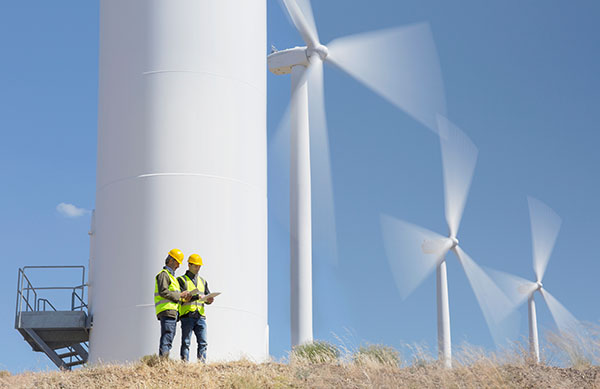
There is now so much plastic pollution littering the environment that scientists have come up with a new disease classification to describe its profoundly negative impact on wildlife: plasticosis.
For their research, Dr. Alex Bond from the United Kingdom's Natural History Museum and Dr. Jennifer Lavers evaluated Flesh-footed Shearwaters from Australia's Lord Howe Island. They looked for any potential correlations between ingested plastic and the birds' proventriculus organ, which is the first part of their stomach.
What Bond and Lavers discovered is that proventriculus scarring is widespread across the animal kingdom due to persistent exposure to, and ingestion of, plastics. A press release about the research explains it like this:
"Plasticosis, a fibrotic disease, is caused by small pieces of plastic which inflame the digestive tract. Over time, the persistent inflammation causes tissues to become scarred and deformed, with the knock-on effects including digestion, growth and survival issues."
Interestingly, it was only plastic, a synthetic substance made from petroleum, that caused this inflammatory disease of the gut in the birds. Natural pumice stones, which were also identified in the birds' guts, were found to not contribute to the type of scarring the scientists observed in animals that had consumed plastic.
"While these birds can look healthy on the outside, they're not doing well on the inside," Bond, the principal curator and curator in charge of birds at the Natural History Museum, is quoted as saying.
Human knowledge is under attack! Governments and powerful corporations are using censorship to wipe out humanity's knowledge base about nutrition, herbs, self-reliance, natural immunity, food production, preparedness and much more. We are preserving human knowledge using AI technology while building the infrastructure of human freedom. Speak freely without censorship at the new decentralized, blockchain-power Brighteon.io. Explore our free, downloadable generative AI tools at Brighteon.AI. Support our efforts to build the infrastructure of human freedom by shopping at HealthRangerStore.com, featuring lab-tested, certified organic, non-GMO foods and nutritional solutions.
"This study is the first time that stomach tissue has been investigated in this way and shows that plastic consumption can cause serious damage to these birds' digestive system."
(Related: The average person consumes a credit card's worth of microplastics every week – is this causing plasticosis in people as well?)
Just how widespread is plasticosis? Answer: VERY
Mamy birds first become exposed to plastic while they are still chicks being fed contaminated food by their parents. Mama birds bring contaminated food to their babies, which consume it and eventually develop plasticosis.
Plastic particulates are also present in the nesting material birds that use as well, meaning baby birds are sitting in piles of pollution as they develop and grow.
All that plastic exposure results in the gradual breakdown of the birds' tubular glands, which are located in the proventriculus. Once these glands are lost to degradation, birds become more vulnerable to infection and parasites, as well lose their ability to digest and absorb food and nutrients.
"The tubular glands, which secrete digestive compounds, are perhaps the best example of the impact of plasticosis," Bond says. "When plastic is consumed, these glands get gradually more stunted until they eventually lose their tissue structure entirely at the highest levels of exposure."
For baby birds, this can become very serious very quickly. The vast majority of them end up dying of starvation, with the study having found that upwards of 90 percent of all young birds consume plastics fed to them by their parents.
Since the study only looked at one bird species in Australia, we only have a very narrow look into how serious this problem truly is. Chances are, all types of birds and likely other animals are suffering similar health problems as a result of plastic exposure and consumption.
"Our research team has previously looked at how microplastics affect tissues," Bond explains. "We found these particles in organs such as the spleen and kidney, where they were associated with inflammation, fibrosis and a complete loss of structure."
This study, which was published in the Journal of Hazardous Materials, is likely only the beginning. Will we ever truly know the full extent of plastic pollution and its effects on living beings?
The latest news about environmental toxins can be found at Environ.news.
Sources for this article include:
Please contact us for more information.




















